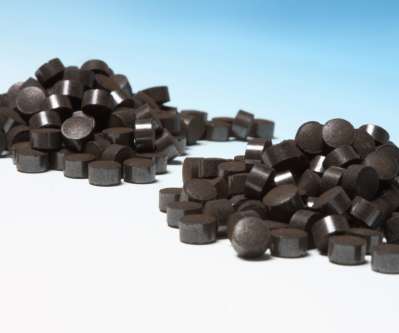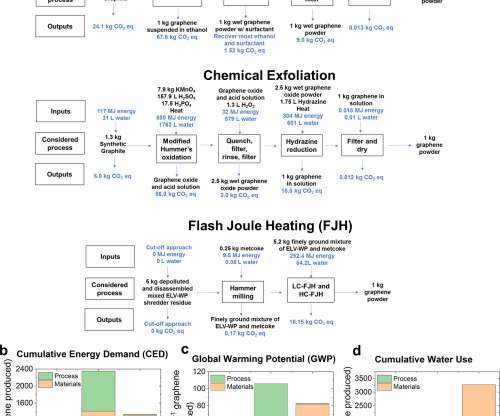DOE to award $28.35M for R&D on advanced processing of rare earth elements and critical minerals from coal-based resources
Green Car Congress
JANUARY 20, 2021
million in federal funding for cost-shared research and development projects under the Funding Opportunity Announcement DE-FOA-0002404, Advanced Processing of Rare Earth Elements and Critical Minerals for Industrial and Manufacturing Applications. The US Department of Energy’s (DOE) Office of Fossil Energy (FE) has announced $28.35







































Let's personalize your content